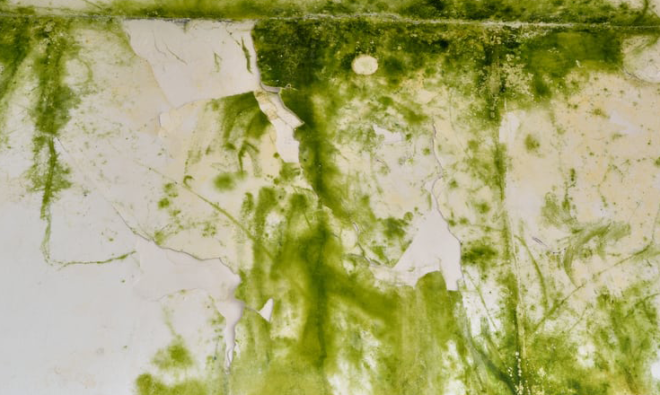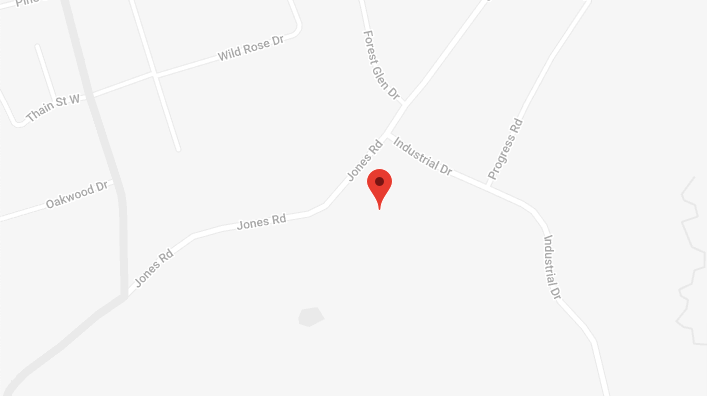Green Mould – What Is It and Is It Dangerous?

While moulds come in many textures and colours, they are all similar in many ways. All moulds grow in moist areas, feed on organic matter, and can be toxic to people. Green mould – the type that grows in properties – is no different. Here’s what property owners should know about green mould.
What is green mould?
Green mould is an umbrella term that refers to varied species of fungi which grow in shades of green. It appears as soft and fuzzy or powdery and can have different hues of green. This type can be seen on fruits, bread, and many other foods. However, green mould can also grow in wet areas of a home.
Although there are many species of mould that can grow green, the most common are Cladosporium, Aspergillus, and Penicillium.
- Cladosporium is olive green and thrives in plants. It can also be found on household surfaces like walls, cabinets, and carpets.
- Aspergillus is the mould that typically grows on spoiled food like bread. It can also grow on nutrient-poor but moisture-rich environments like the basement.
- Penicillium is famous for its antibacterial properties and is usually blueish-green. However, it can also emit mycotoxins that are toxic to both people and pets. Penicillium prefers cooler environments like soil, but some are also found on wet household items.
And yet, these moulds can have other colours as well, such blue or black. Thus, testing is the only way to find out which type of mould it is. This is not to say that property owners should always test the mould in their home to determine whether it’s harmful. All moulds can pose a threat to one’s health.
Is green mould dangerous?
Contrary to popular belief, black mould is not the only harmful type of mould for people and pets. While black mould may seem more dangerous, green mould is just as likely to cause health issues.
In fact, all moulds – no matter the colour – can cause health problems, especially to sensitive people. Continuous exposure to mould can affect the respiratory system and trigger asthma attacks and allergens. So yes, it should be removed as soon as possible.
Green mould can basically grow anywhere in a home where a water problem occurs. Here’s how to prevent mould in the crawl space, basement, bathroom, laundry room, attic, as well as in houseplant soil, the HVAC system, closets, carpets, and washing machines. The PuroClean team stands ready to provide professional restoration services to any property affected by fire, water or mould damage.


